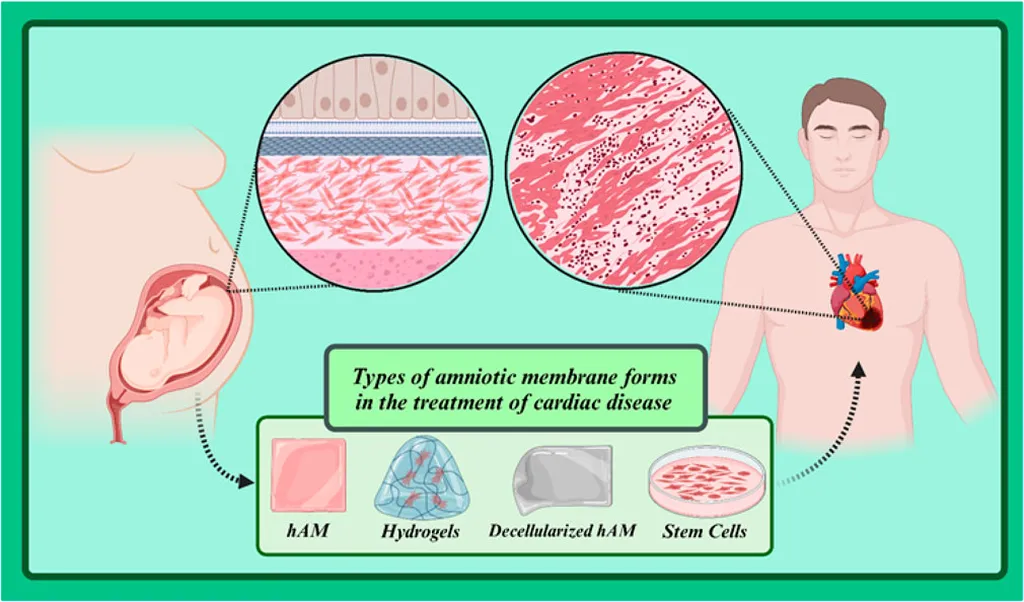In the quest to better understand and combat cancer, researchers are turning to an unexpected ally: the human amniotic membrane (AM). A team led by Ahmed M. Abou-Shanab from the Biomedical Sciences Program at the University of Science and Technology in Egypt has repurposed this clinically approved tissue as a native scaffold for studying cancer cell invasion. Their findings, published in the journal *Exploration of BioMat-X* (translated to *Exploration of Biomaterials Science*), offer a promising new tool for oncology research.
The human amniotic membrane, typically discarded after birth, is a rich source of extracellular matrix (ECM) components and growth factors. Its unique properties have made it a valuable resource in regenerative medicine, but its potential in cancer research has remained largely untapped. Abou-Shanab and his team saw an opportunity to change that.
“Traditional 2D and 3D assays, as well as animal models, often fall short in capturing the full complexity of the human ECM,” Abou-Shanab explained. “The amniotic membrane, with its rich ECM composition and favorable mechanical properties, offers a more physiologically relevant platform for studying tumor invasion.”
The team’s approach involved decellularizing the amniotic membrane to create a scaffold that retains its structural proteins, growth factor reservoirs, and stiffness gradients. These features influence epithelial-to-mesenchymal transition (EMT) and invasion pathways, making it an ideal tool for studying cancer cell behavior.
Compared to conventional matrices, the decellularized amniotic membrane (dAM) offers improved biochemical fidelity and compatibility with patient-derived organoids. This could significantly enhance the translational relevance of cancer research, ultimately accelerating the development of personalized medicine.
However, the journey is not without its challenges. Donor variability, decellularization optimization, and reproducibility are key hurdles that the team is actively addressing. Despite these challenges, the potential of dAM as a non-invasive, scalable, and physiologically relevant tool for cancer invasion assays and drug screening is immense.
The implications of this research extend beyond the lab. By providing a more accurate model for studying cancer cell invasion, dAM could revolutionize drug development and personalized treatment strategies. This could lead to more effective therapies and improved patient outcomes, ultimately reshaping the landscape of oncology.
As Abou-Shanab and his team continue to refine their approach, the scientific community watches with anticipation. The repurposing of the amniotic membrane as a cancer invasion scaffold is not just a scientific breakthrough; it’s a testament to the power of innovation and the potential of overlooked resources. In the fight against cancer, every tool counts, and the amniotic membrane might just be the next big thing.

